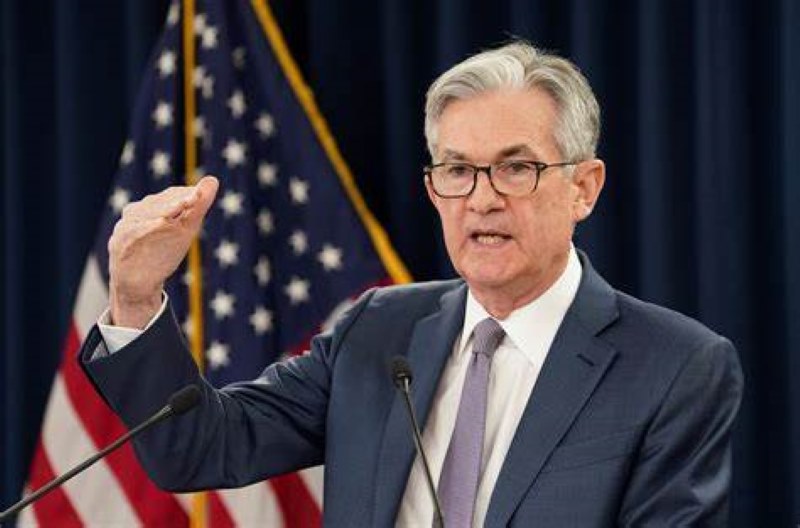Economy, Real Estate
The UK real estate market shows clear signs of recovery
The UK housing market, which has faced a challenging two years, is showing signs of recovery. While house prices have only declined modestly in nominal terms and around 13% in real terms, the real impact of the downturn was felt in transaction volumes rather than prices. The market is now starting to bounce back, with several indicators pointing towards a positive trend.
The Real Downturn Transaction Slump
You might wonder, what downturn? House prices have hardly declined in nominal terms, and after adjusting for inflation, they’ve dropped only around 13% from peak to trough, far from the typical 20% to 30%. This is despite one of the sharpest and quickest hikes in interest rates we’ve witnessed.
But here’s the twist—the crash didn’t hit prices; it hit transactions. When interest rates soared, sellers could no longer afford to buy (and, for a time, couldn’t even secure a mortgage). Meanwhile, buyers had no incentive to sell, resulting in a collapse in sales volume, according to WSJ Print Subscription.
Mortgage Approvals on the Rise
Today, the Bank of England revealed that the number of mortgages approved for house purchases nearly reached 62,000 in July, the highest since September 2022. This figure is close to the five-year average from 2014 to 2019 of around 66,000 per month, indicating that the market is recovering.
House Prices Hold Steady
As for prices, the latest data from Nationwide shows a dip in August. However, monthly fluctuations are often misleading. Compared to last year, prices are up by 2.4%, the highest since late 2022. Nominal prices are now just 3% below their peak in the summer of 2022.
Base rates partly explain this trend (as prices fell more sharply last year, making the annual comparison appear better), but it’s clear the market is rebounding.
Employment Stability Prevents Forced Sales
One of the key factors driving this recovery is employment stability. Sellers have faced little pressure, as robust employment levels have prevented forced sales due to lost income. Although rising mortgage rates have been painful, the increasing use of fixed-rate home loans has given homeowners time to adjust and prepare for higher payments. This situation contrasts sharply with the pre-2007 market when the UK housing market was far more sensitive to rate changes.

Powell’s Regret Over Rate Decision A Market Response
Federal Reserve Chairman Jerome Powell’s regret the decision not to reduce the federal-funds rate during last week’s Federal…
Buyers Face Challenges
For buyers, the picture is different. Securing a mortgage was already challenging compared to the pre-2008 era, with stricter lending criteria. As mortgage rates rose, borrowing capacity shrank, leading to fewer transactions. Higher mortgage rates mean less borrowing power for a given monthly payment. Buyers might extend their mortgage terms or put down larger deposits, but these options are limited as most buyers already stretch their budgets to purchase homes.
Wage Growth Improves Affordability
The recovery is being driven by time and the gradual improvement of the UK economy. While house prices haven’t crashed, they’ve remained relatively flat over the past two years. During this time, wages have stopped falling in real terms and have been growing for nearly a year. Higher wages mean buyers can afford larger monthly mortgage payments, which improves affordability if house prices remain stable.
Lenders Relax Credit Conditions
Moreover, lenders are becoming more willing to extend credit. For instance, Lloyds recently increased its maximum loan-to-income ratio for first-time buyers from 4.49 to 5.5 times household income. As competition among lenders grows, credit will become more accessible, even if headline rates remain stable.
Outlook for the Future
In summary, the UK housing market is likely to continue its recovery, especially since there’s little reason to expect a surge in forced sales. The ongoing landlord exodus may persist, but it’s been a factor for years. The upcoming budget on October 30th could potentially shift the market. If there are no major changes, it seems the path of least resistance for house prices is upward. Ideally, they would continue to lag behind wage inflation, which has been the case so far. But unless the economy takes an unexpected downturn, a significant price crash appears unlikely.
Enroll now in The New York Times and Wall Street Journal Dual Offer with a 77% discount. Access comprehensive news, archives, podcasts, WSJ TV, and more. Enjoy premium content across devices. Subscribe today!

